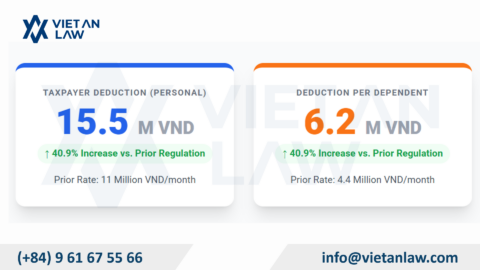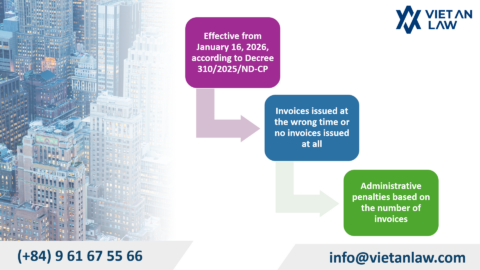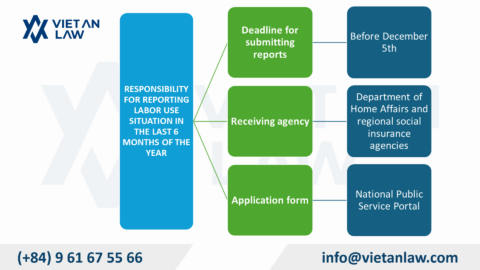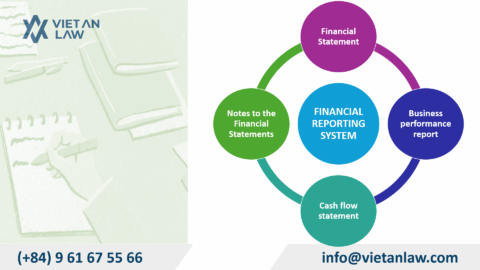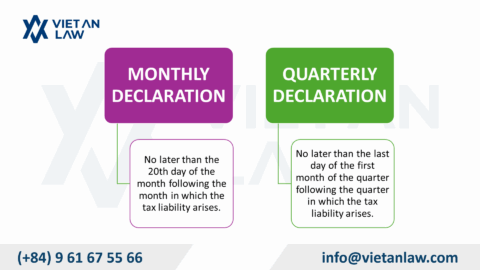In business activities, accurately determining profit after corporate income tax is a key factor to help businesses evaluate operational efficiency and build sustainable development strategies. Profit after tax not only reflects the actual business results after fulfilling tax obligations to the State, but also serves as a basis for profit distribution, reinvestment or capital accumulation. However, not everyone understands the process and how to calculate profit after CIT correctly. This article by Viet An Tax Agent will help you grasp the formula for calculating profit after tax, influencing factors as well as important notes in the accounting process.
Table of contents
Profit after tax, also known as net profit, is a familiar concept in the field of corporate finance and accounting. Although this is an important indicator in evaluating business performance, the law currently does not have specific and uniform regulations on how to calculate after-tax profit.
In essence, profit after tax is the remaining income of the enterprise after deducting all expenses related to production and business activities, including corporate income tax. On financial statements, this indicator is often expressed as “net profit” and serves as the main measure of the final financial performance of the business in an accounting period.
A higher profit after tax indicates that the business is operating efficiently and is able to create real value after completing its tax obligations.
In addition, in financial analysis, people often use the Net Profit Margin index – which is calculated as a percentage between net profit and net revenue. This is an important tool to help assess the profitability per dollar of revenue, thereby reflecting the ability to control costs and business efficiency of enterprises.
To determine profit after tax, most businesses today apply the following basic formula:
Profit after tax = Total revenue – Total expenses – Corporate income tax
In which:
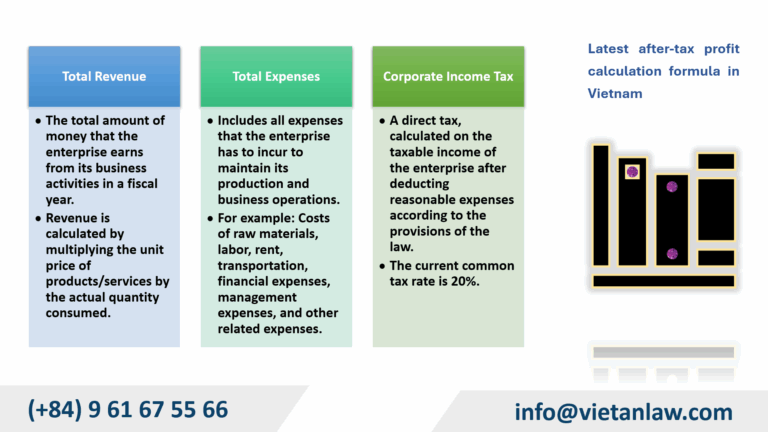
In addition to the above formula, according to Form B02-DN – Report on business results issued together with Circular 200/2014/TT-BTC, profit after tax is also calculated according to the formula:
Profit after CIT = Accounting profit before tax – (Current CIT expense + Deferred CIT expense)
This indicator reflects the entire net profit (or loss) of the enterprise after fulfilling its tax obligations in the reporting period.
Higher profit after tax not only shows that the business is operating efficiently but also a positive signal about profitability, investment expansion and value increase for shareholders.
Pursuant to Article 4 of the Law on Corporate Income Tax 2008 (amended and supplemented by Clause 3, Article 1 of the Law on Corporate Income Tax amended in 2013 and Clause 2, Article 1 of the Law on Amendments to Tax Laws 2014), the incomes exempt from CIT include:
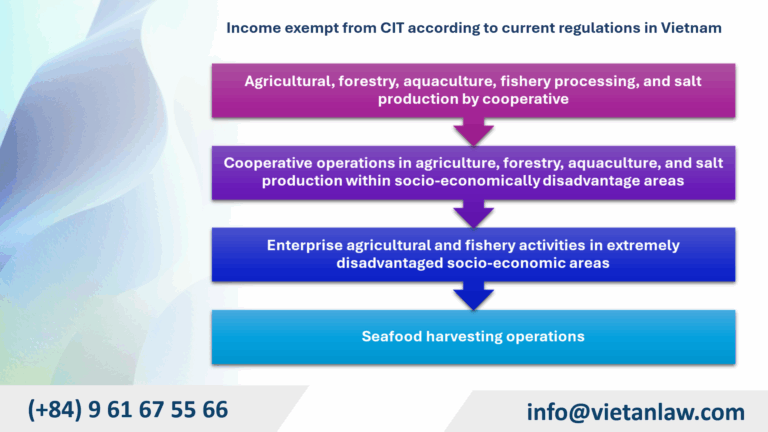
If you have any difficulties or questions related to how to calculate profit after CIT, please contact Viet An Tax Agent for the most specific advice.
